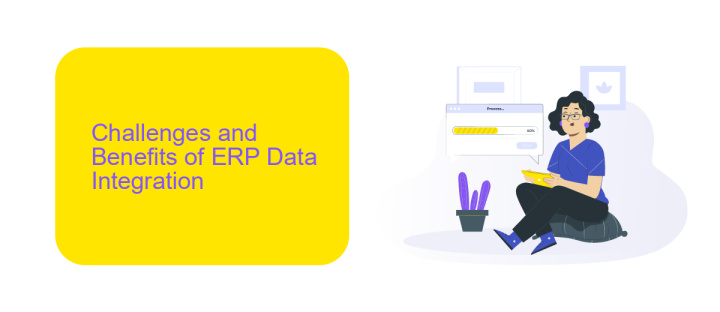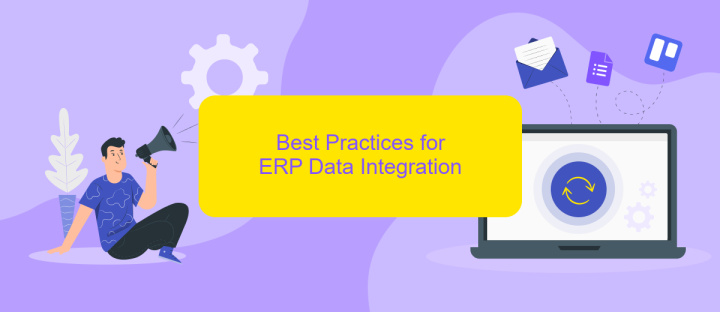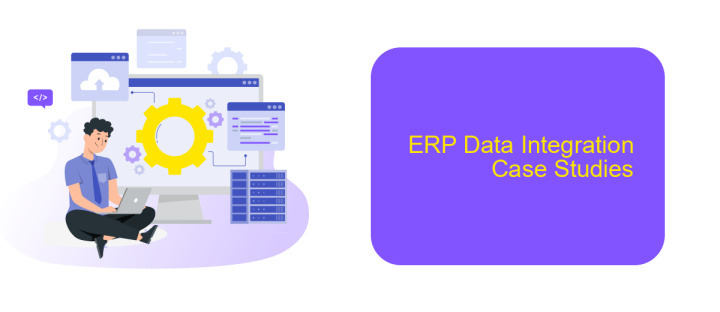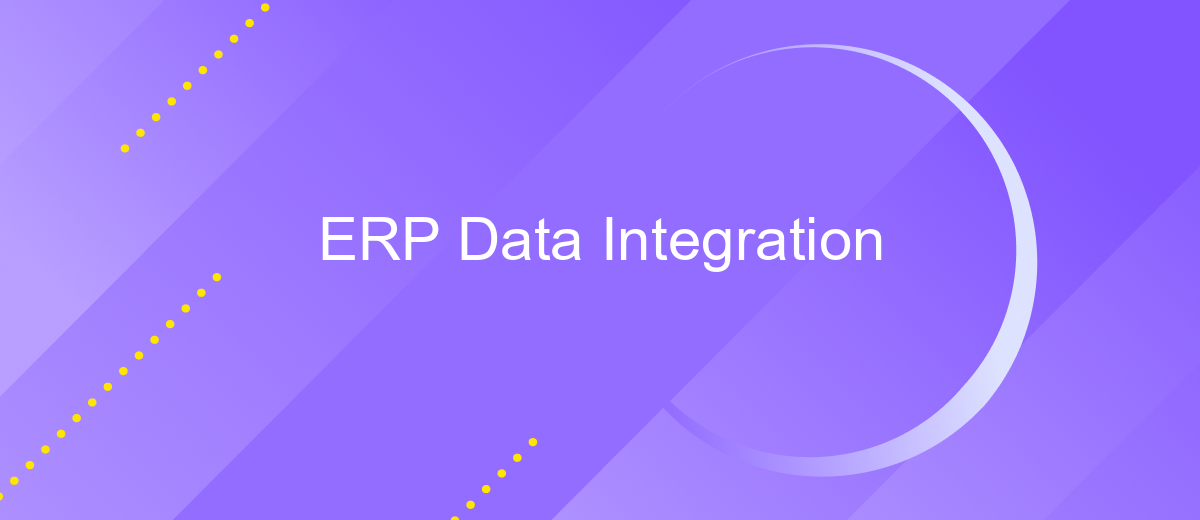ERP Data Integration
In today's fast-paced business environment, seamless data integration within ERP systems is crucial for operational efficiency and informed decision-making. By consolidating data from various sources into a unified platform, businesses can enhance workflow automation, improve data accuracy, and gain real-time insights. This article explores the key benefits and strategies for effective ERP data integration, ensuring your organization stays competitive and agile.
Introduction to ERP Data Integration
Enterprise Resource Planning (ERP) data integration is a critical process for businesses aiming to streamline operations and improve data accuracy across various departments. By integrating ERP systems with other business applications, organizations can ensure seamless data flow, reduce redundancy, and enhance decision-making capabilities.
- Improved data consistency
- Enhanced operational efficiency
- Real-time data access
- Reduced manual data entry
- Better decision-making
One of the key tools for achieving effective ERP data integration is ApiX-Drive. This service simplifies the integration process by allowing businesses to connect their ERP systems with other applications effortlessly. ApiX-Drive supports a wide range of integrations, ensuring that data flows smoothly between systems, thereby enhancing the overall efficiency and productivity of the organization.
Challenges and Benefits of ERP Data Integration

ERP data integration presents various challenges, including data inconsistency, system incompatibility, and the complexity of synchronizing multiple data sources. Ensuring data accuracy and consistency across different systems can be daunting, particularly when dealing with legacy systems that may not easily interface with modern ERP solutions. Additionally, the integration process often requires significant time and resources, demanding specialized skills to manage and maintain the integration effectively.
Despite these challenges, the benefits of ERP data integration are substantial. It streamlines business processes, enhances data accuracy, and provides a unified view of organizational data, leading to better decision-making. By automating data flows between systems, companies can reduce manual data entry errors and improve operational efficiency. Tools like ApiX-Drive can simplify the integration process by offering user-friendly interfaces and pre-built connectors, allowing businesses to easily link their ERP systems with other applications and data sources, ultimately fostering a more cohesive and efficient operational environment.
Best Practices for ERP Data Integration

Effective ERP data integration is crucial for the seamless operation and management of business processes. Ensuring that your ERP system communicates efficiently with other software solutions can lead to increased productivity and better decision-making.
- Data Consistency: Ensure that data is consistent across all integrated systems. This avoids discrepancies and ensures that all departments work with the same information.
- Automated Workflows: Utilize tools like ApiX-Drive to automate data transfers between your ERP and other systems. This reduces manual work and minimizes the risk of human error.
- Scalability: Choose integration solutions that can grow with your business. As your company expands, your data integration needs will evolve.
- Security: Implement robust security measures to protect sensitive data during integration. This includes encryption and access controls.
- Regular Audits: Conduct regular audits to ensure that data integration processes are functioning as expected and to identify any potential issues early on.
By following these best practices, businesses can ensure that their ERP data integration processes are efficient, secure, and scalable. Leveraging tools like ApiX-Drive can further streamline these processes, providing a reliable solution for automating data flows and enhancing overall productivity.
ERP Data Integration Case Studies

ERP data integration is crucial for businesses aiming to streamline operations and enhance data consistency. By integrating disparate systems, companies can achieve seamless data flow and improved decision-making processes.
Several organizations have successfully implemented ERP data integration, showcasing its transformative potential. These case studies highlight the diverse applications and benefits achieved through effective integration strategies.
- A manufacturing company utilized ERP data integration to synchronize inventory management with production schedules, reducing stockouts and overproduction.
- A retail chain integrated its ERP system with e-commerce platforms, enabling real-time inventory updates and enhanced customer experience.
- A healthcare provider streamlined patient data across multiple departments, improving service delivery and patient care.
Tools like ApiX-Drive have been instrumental in facilitating these integrations. ApiX-Drive offers a user-friendly interface and robust features that simplify the process of connecting various applications and automating data flows. This ensures that businesses can focus on their core operations while maintaining data integrity and efficiency.


Conclusion and Future of ERP Data Integration
ERP data integration is pivotal for businesses aiming to streamline operations, enhance data accuracy, and improve decision-making processes. The seamless integration of various data sources into an ERP system ensures that organizations can operate more efficiently and respond to market changes swiftly. As technology evolves, the complexity and volume of data continue to grow, making robust integration solutions indispensable for maintaining competitive advantage.
Looking ahead, the future of ERP data integration lies in the adoption of advanced technologies such as artificial intelligence, machine learning, and the Internet of Things (IoT). These innovations will enable even more sophisticated data analytics and predictive insights. Services like ApiX-Drive will play a crucial role by providing user-friendly, automated integration solutions that simplify the process of connecting disparate systems. This will empower businesses to focus on strategic initiatives rather than being bogged down by technical challenges, ensuring they remain agile and responsive in an ever-changing business landscape.
FAQ
What is ERP data integration?
Why is ERP data integration important?
What are common challenges in ERP data integration?
How can I automate ERP data integration?
What should I consider when choosing an ERP data integration tool?
Routine tasks take a lot of time from employees? Do they burn out, do not have enough working day for the main duties and important things? Do you understand that the only way out of this situation in modern realities is automation? Try Apix-Drive for free and make sure that the online connector in 5 minutes of setting up integration will remove a significant part of the routine from your life and free up time for you and your employees.

